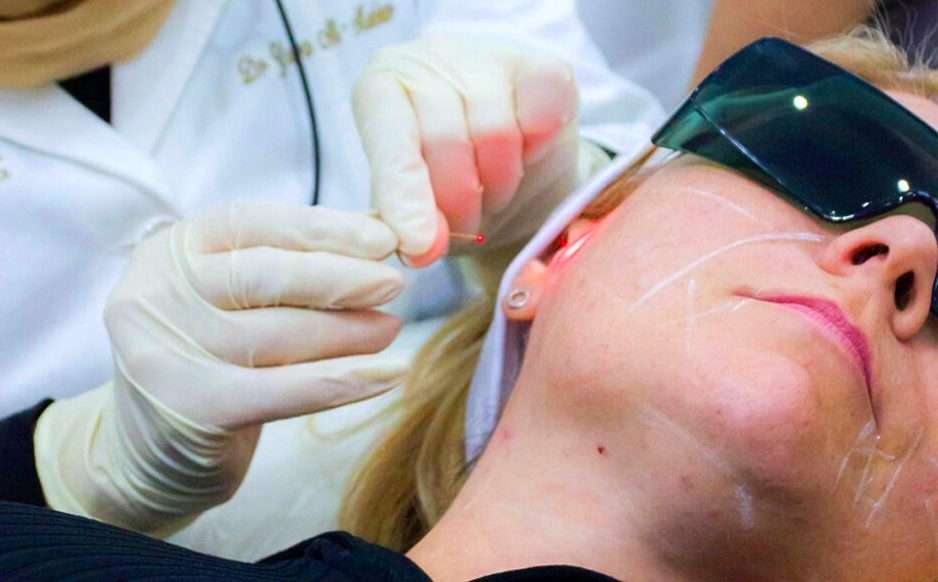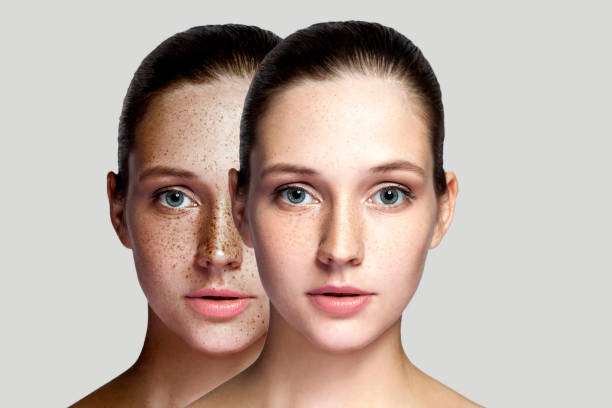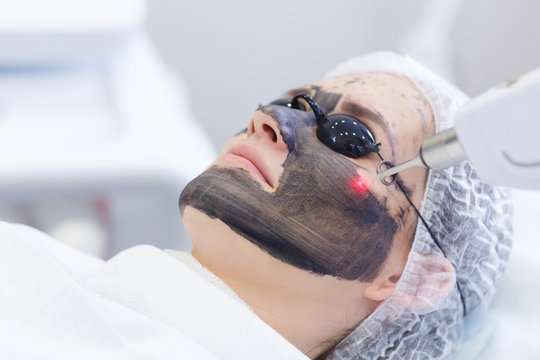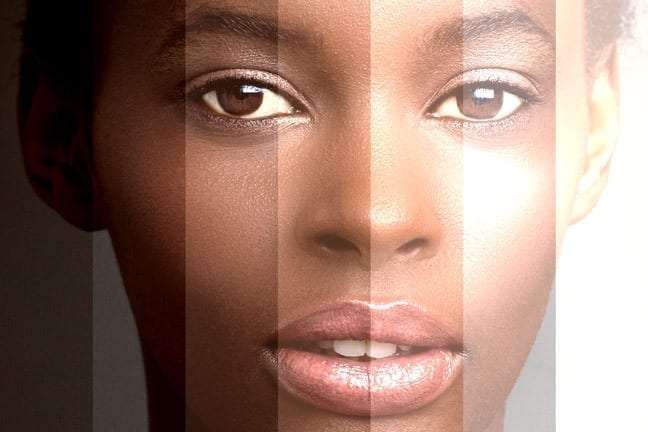
Laser Treatment
Laser treatment have become a prominent tool in dermatology, providing minimally invasive remedies for a wide range of issues. These therapies use intense laser beams to target specific tissues in the skin. Here’s a look at the world of lasers:







